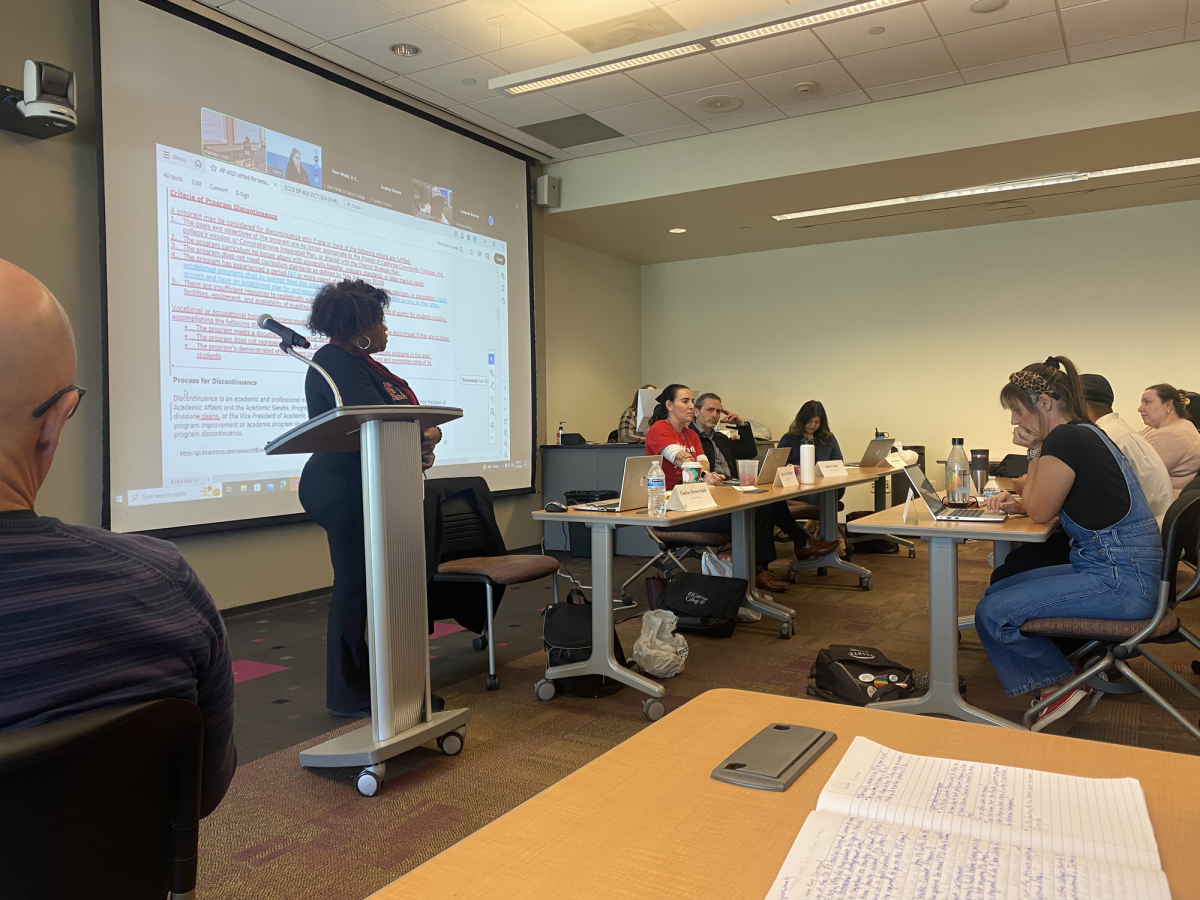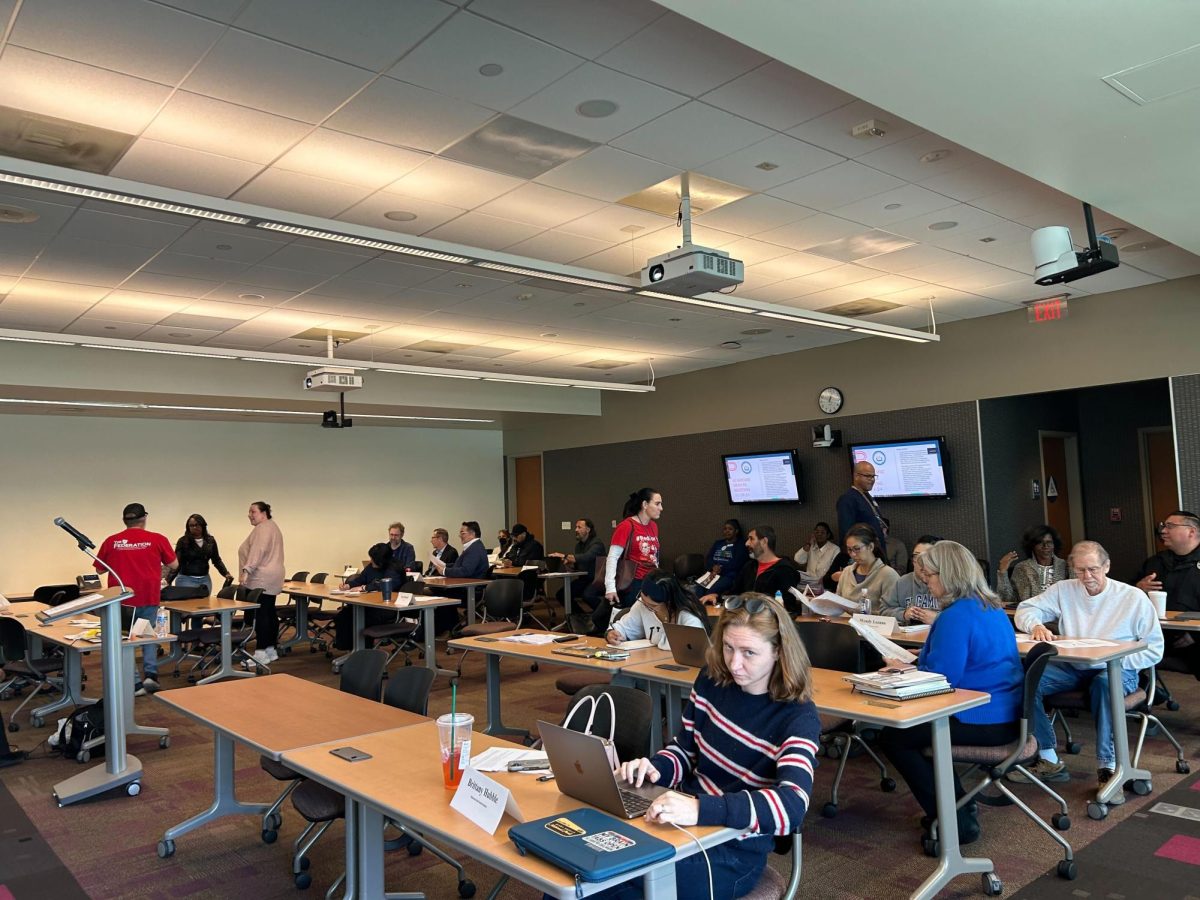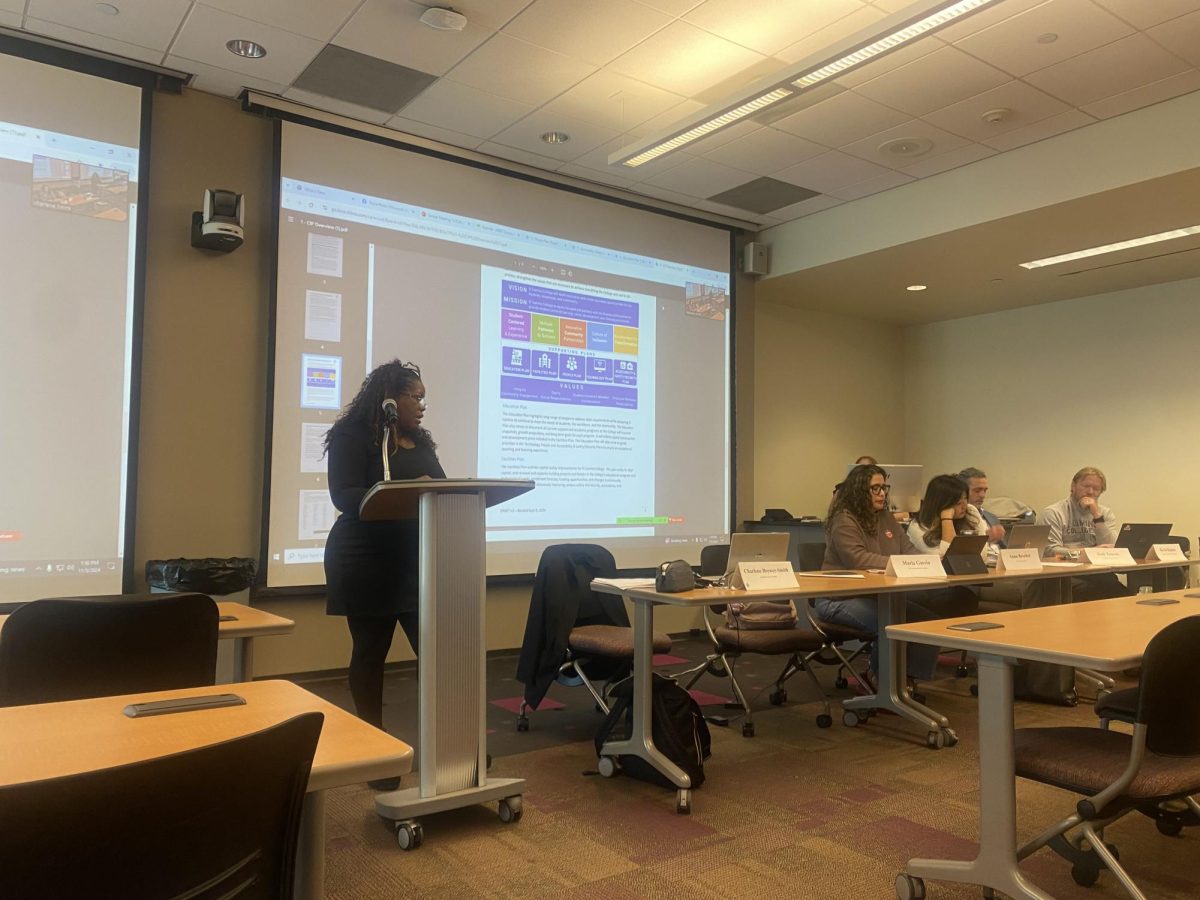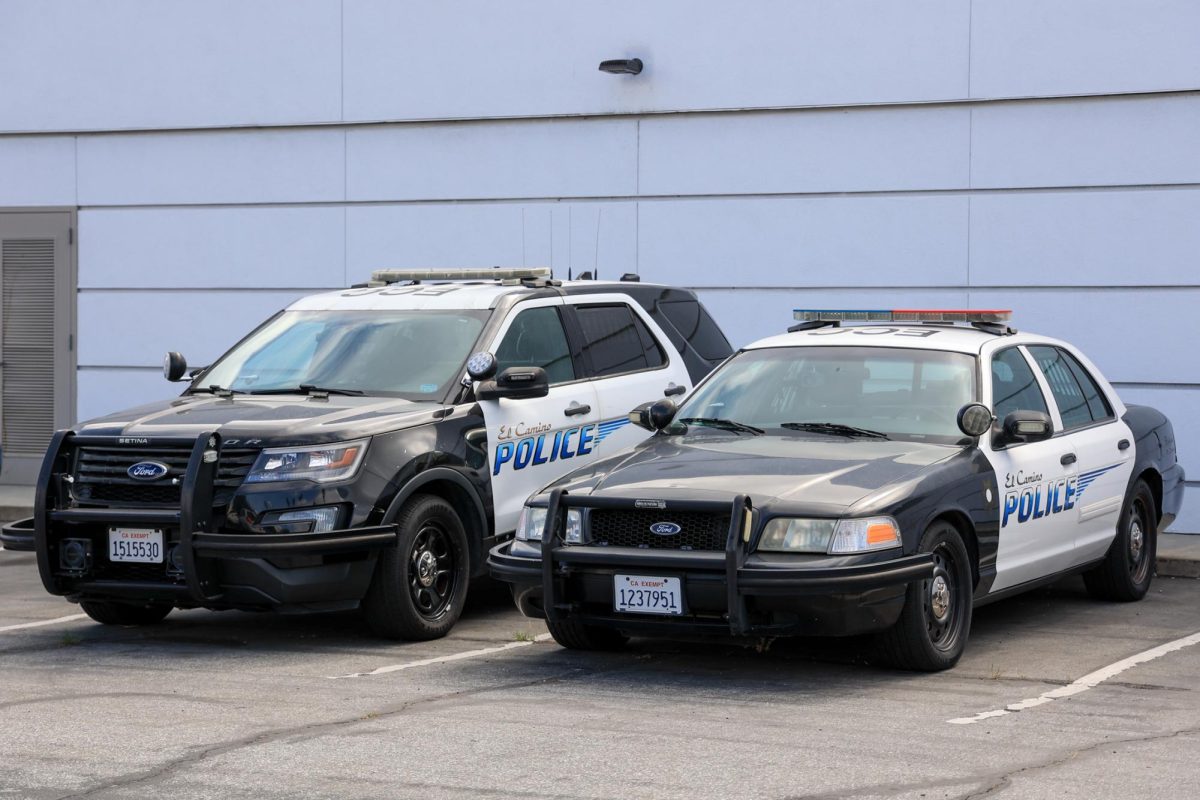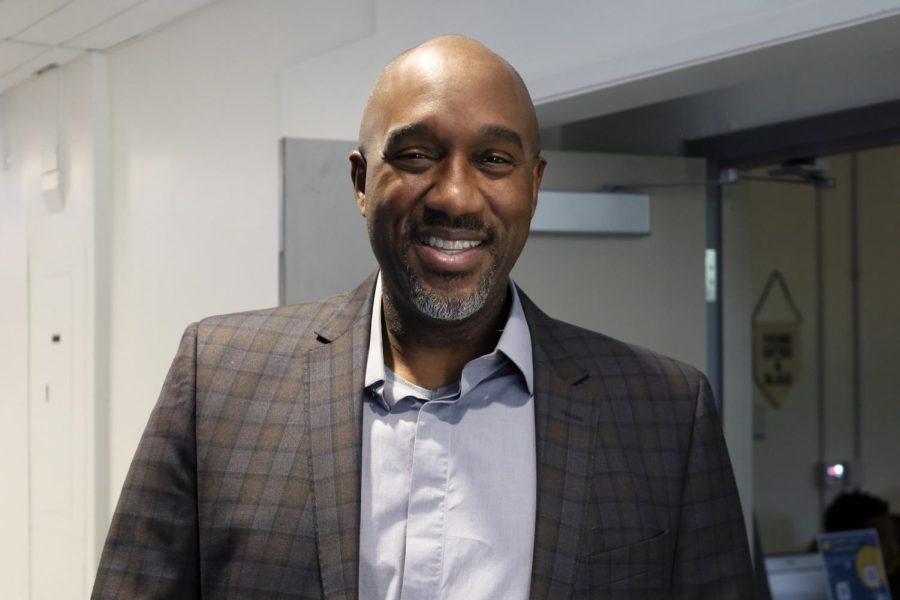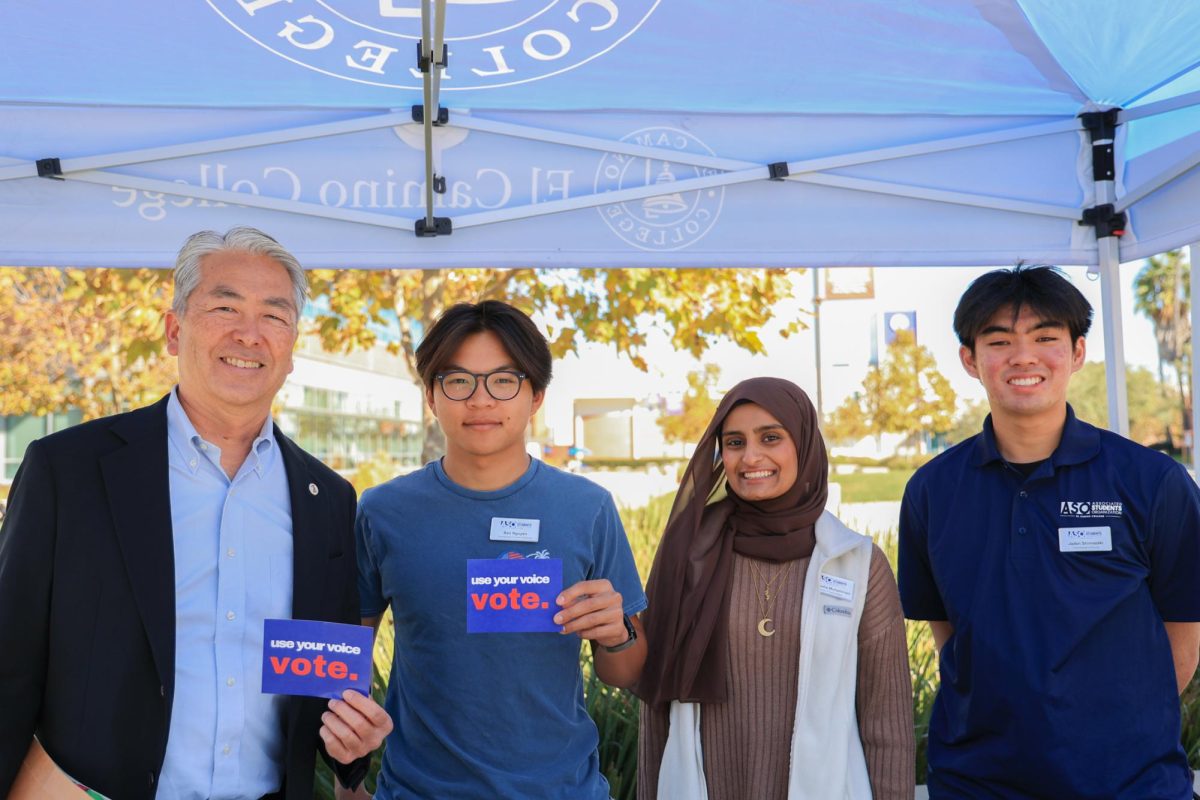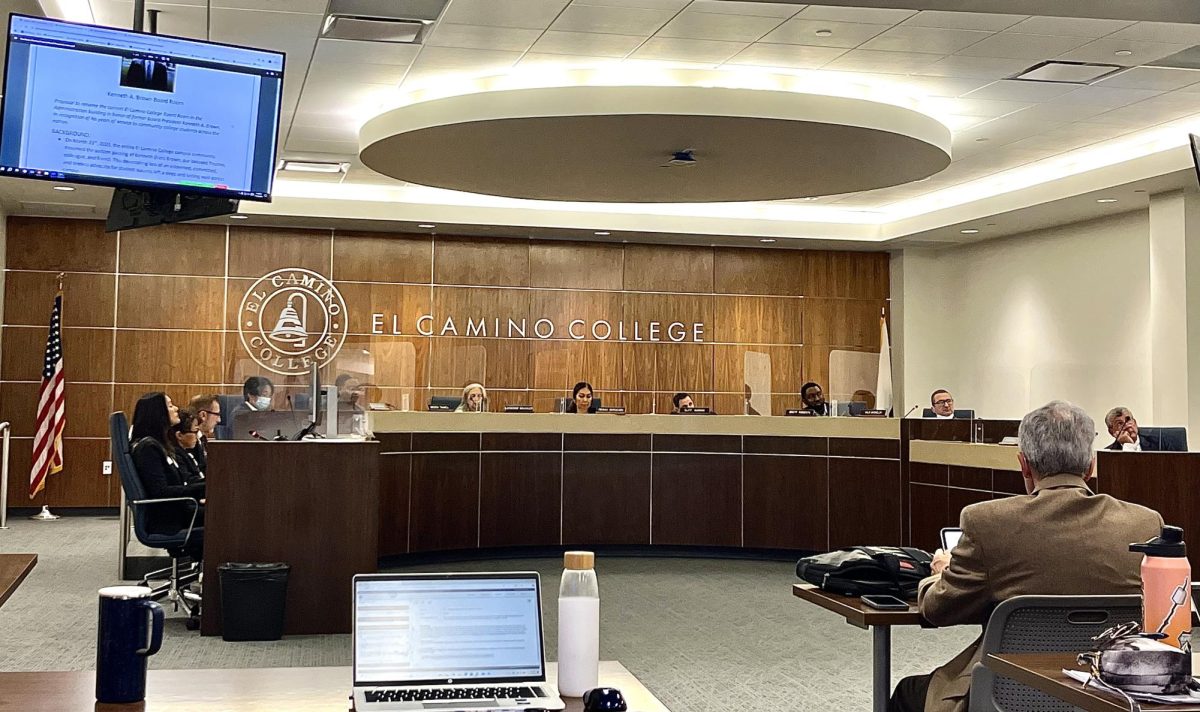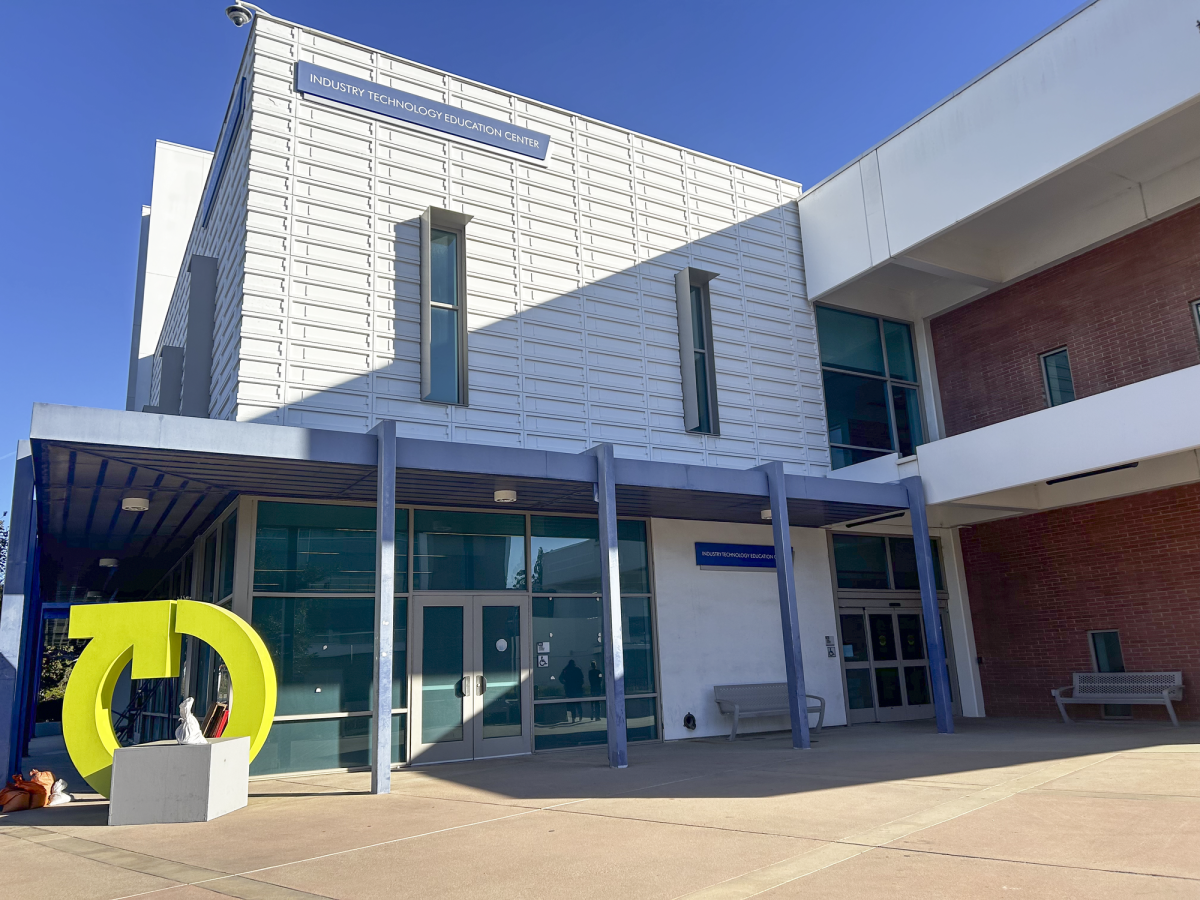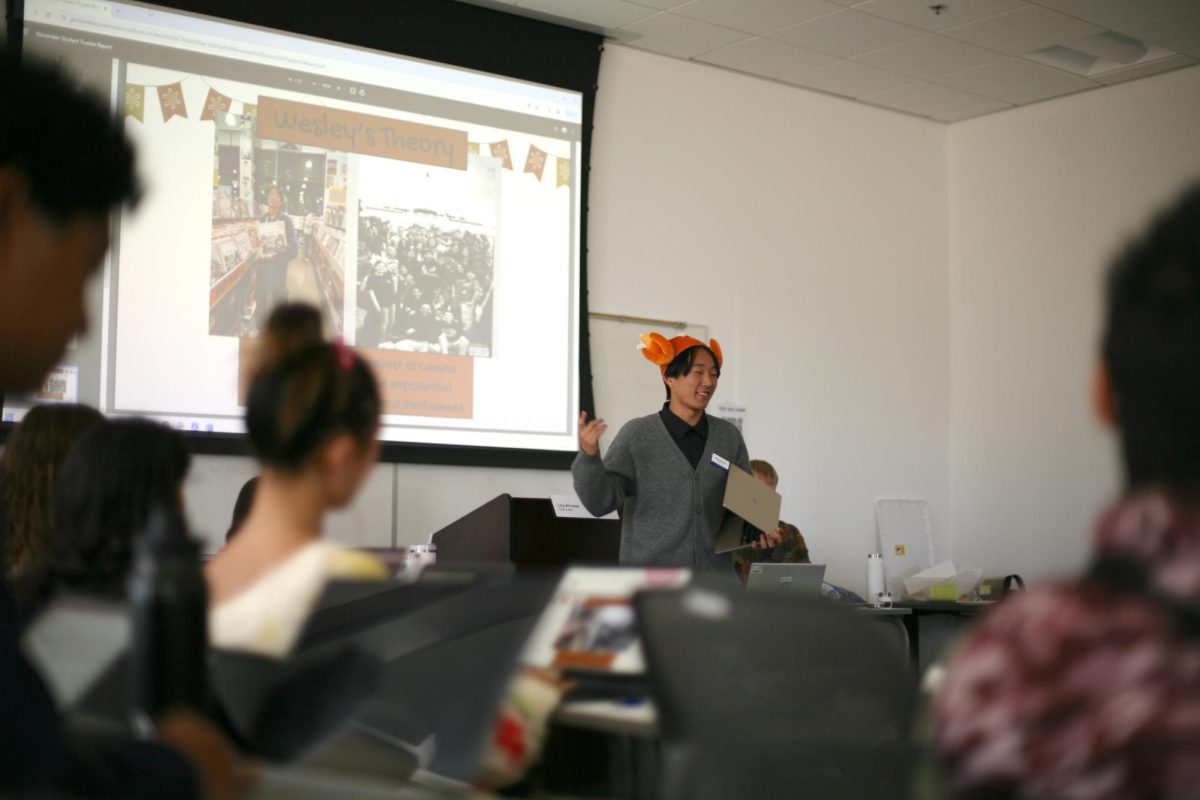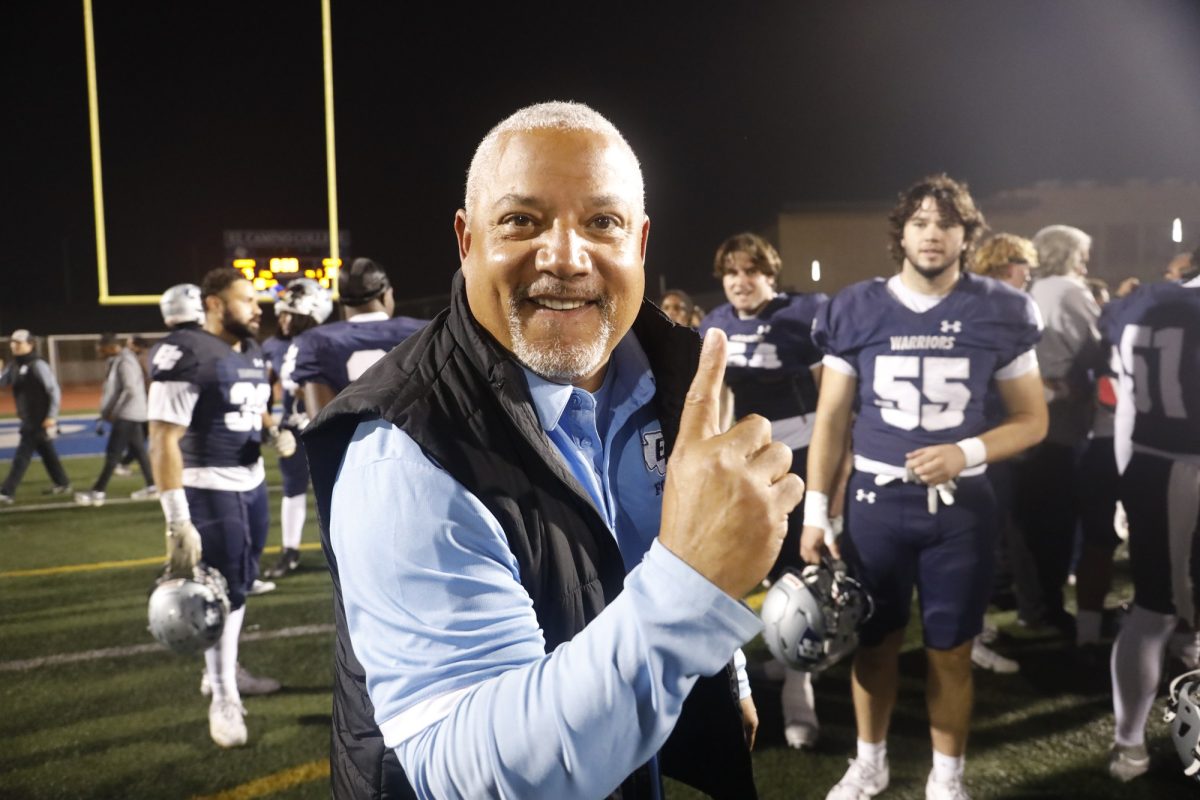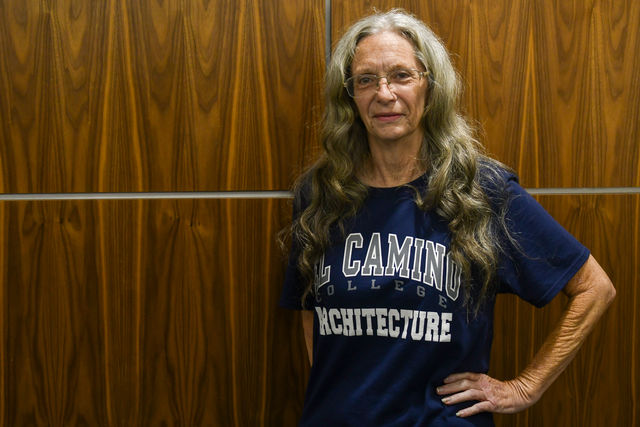El Camino College presidential candidate Santanu Bandyopadhyay plans to increase post-pandemic student services, enrollment and partnerships with local communities during a public forum.
The forum, which was the first of four presidential forums, was held Wednesday, April 28 via Zoom wherein Bandyopadhyay was asked a combination of the most common, wide-ranged questions submitted by the ECC community as decided by the search committee.
Being a first-generation immigrant from India and having had experience serving several community colleges, Bandyopadhyay emphasizes the importance of providing resources to students and financially supporting these plans in order to achieve success.
The Union compiled three of the questions and answers from the forum.
Q. What would be your top two priorities for the first year as superintendent and president?
Bandyopadhyay: “One thing that we are always talking about now or in our minds, is ‘how do we come back to the campus post-pandemic?’
“When the spring semester rolls in, how do we bring on the services back? What is the learning from COVID-19 that we would carry forward? That would be one of the priorities.
“Once we come back to the campus, do we maintain that because it works for our students? How do we select what works and what doesn’t?
“That’s an area that we need to converse with the entire campus community and understand what has to be kept going forward, and what we are better off in bringing back to the campus.
“Second priority is, up and down the state we know enrollment has declined. […] Unless we can build up the enrollment, we are not providing access to our students. And someday, when all of these Hold-Harmless clauses go away, how would our budgets look like?
“How do we have strategic enrollment management? And it’s not only just providing access, it’s providing access with the entire wraparound services, so that students are not able to just come to the college, but they’re able to complete this successfully.
“I would like to see how we can bring our community together partner with our schools, build enrollment and build the wraparound services so our success factor can go up significantly, much more than what we’re witnessing right now.”
Q: How will you identify, secure, nurture and grow the best industry partnerships to advance employment opportunities for our students?
Bandyopadhyay: “This is a question that we have been looking at: how do we create a strong bond between the industry and the institution?
“I would like to understand the needs of the local industries and fulfill those needs. How about we look at how we can take education to the places that the students work, so they don’t have to come out of their work to retool themselves.
“When they’re at their workplace, they can have an opportunity of partaking in the education offered by the campus right now — that what we are doing right now is reaching out education to the doors of our students.
“So [we must] expand the college outside the college area and partner with the institutions to understand what’s the need.
“Some of the examples, in [the Columbia College] area […] we have some casinos out there. So one thing that we sought out was, they need some good hospitality programs. How can we partner with those casinos and provide hospitality programs?
“By doing so, we brought the employers and the campus together. […] That would be my plan in order to connect the campus, the communities, and industries and also be the pathway for the students to go from education to employment in a seamless way.”
Q: You’ve answered the first part of this question which was what do you intend to do during your first year as superintendent/president. What about within the next five years?
Bandyopadhyay: “To my mind, the community colleges, and the communities we serve are going to be more integrated together.
“Some of the things when I say that is still [present] now, we recognize we have a high school system, we have a community college system, then students transfer to a UC or a CSU system. […] Some enroll, some don’t. Some transfer, some don’t. So [in different situations], we are providing the students with an exit ramp to go out of the system.
“I would like to see how we can have an integrated process that all the schools that we serve in that area. Students come from the local high schools onto El Camino in a seamless way of transition and also work with the state level with our advocacy.
“I would work with the community with the state-level advocacy groups, as well as our local community and campus communities to ensure how we integrate our students in this academic journey going forward.
“The second part is going to be long-term fiscal resources. […] How are we going to be providing all those services to our students, which is so necessary for them to be successful?
“I would like to make our institution fiscally sound. We can only do so when we partner with our local folks, local communities, and have a strong endowment, and have strong resources.
“Third would be, let’s reduce our equity gaps. Let’s improve our graduation rates. Let’s look at the results.
“By 2026, we should eliminate all the equity gaps, as well as amongst the regions, as well as different sections of the students.
“That would be our goal that as a campus, we can see that yes, we produce extraordinary results. That can be the goal of El Camino going forward, that we use all the resources, and produce extraordinary results.”




